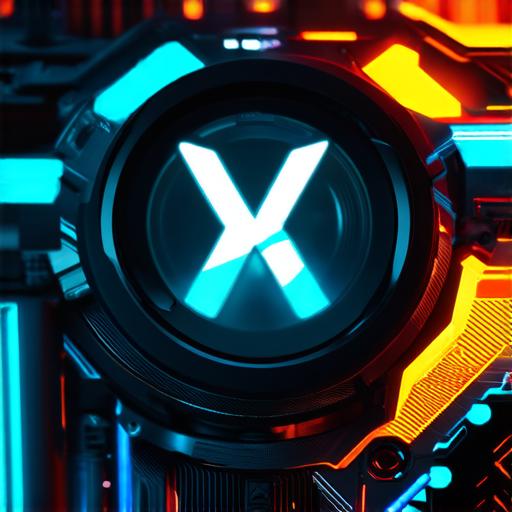
What is Unreal Engine 5?
Unreal Engine 5 is a game engine that allows developers to create realistic and interactive experiences for a variety of platforms, including PC, console, mobile, and VR/AR. It was first announced at Epic’s annual developer conference in May 2019, and since then, it has been constantly evolving with new features and updates.
Key Features of Unreal Engine 5
Some of the key features of Unreal Engine 5 include:
Real-time Ray Tracing
Real-time ray tracing is a technique that simulates the behavior of light in real-time, allowing developers to create incredibly realistic and immersive environments. Unreal Engine 5 includes a new real-time ray tracing feature that allows for more realistic lighting and shadow effects in real-time. This feature can be used to create stunning visual effects, such as reflections, shadows, and global illumination.
Improved Performance
Unreal Engine 5 promises to deliver improved performance across a variety of platforms, thanks to a number of optimizations and improvements. This includes faster rendering times, reduced memory usage, and support for new hardware technologies. Unreal Engine 5 also supports multiple threads, which can improve the overall performance of the engine by allowing it to take advantage of multi-core processors.
New Features for AI and Machine Learning
Unreal Engine 5 includes a number of new features that make it easier for developers to create intelligent and dynamic NPCs (non-player characters). These include new tools for creating and training machine learning models, as well as support for real-time reinforcement learning. This allows developers to create more realistic and lifelike NPCs that can adapt and respond to their environment in real-time.
Improved Graphical Fidelity
Unreal Engine 5 includes a number of improvements that will allow developers to achieve even higher levels of graphical fidelity in their games and applications. This includes new features for creating highly detailed characters and environments, as well as improved support for physically-based rendering. Physically-based rendering is a technique that simulates the way light interacts with objects in the real world, allowing for more realistic lighting effects.
New Features for VR/AR Development
Unreal Engine 5 includes a number of new features that make it easier to develop VR/AR experiences. These include support for advanced tracking systems, new tools for creating interactive environments, and improved performance on mobile devices. Unreal Engine 5 also supports hand and eye tracking, which can enhance the immersion of VR/AR experiences by allowing users to interact with their environment in a more natural way.
When Will Unreal Engine 5 be Released?
The official release date for Unreal Engine 5 is not yet known, but Epic Games has stated that it will be released in the near future. The company has also stated that they are currently working on a number of new features and updates that will be included in the final version of Unreal Engine 5, so it’s likely that we’ll see additional information about the release date in the coming months.
Comparing Unreal Engine 5 to Previous Versions
Unreal Engine 4 was a major update from its predecessor, with many new features and improvements. Some of the key features of Unreal Engine 4 include:
Virtual Production Tools
Unreal Engine 4 includes a number of virtual production tools that allow developers to create high-quality content quickly and efficiently. These tools include support for real-time rendering, advanced lighting effects, and motion capture.
Improved Performance
Unreal Engine 4 promises to deliver improved performance across a variety of platforms, thanks to a number of optimizations and improvements. This includes faster rendering times, reduced memory usage, and support for multiple threads.
New Features for AI and Machine Learning
Unreal Engine 4 includes a number of new features that make it easier for developers to create intelligent and dynamic NPCs. These include new tools for creating and training machine learning models, as well as support for real-time reinforcement learning.
Improved Graphical Fidelity
Unreal Engine 4 includes a number of improvements that will allow developers to achieve even higher levels of graphical fidelity in their games and applications. This includes new features for creating highly detailed characters and environments, as well as improved support for physically-based rendering.
Conclusion
In conclusion, Unreal Engine 5 promises to be an incredibly powerful and innovative game engine that will allow developers to create even more realistic and immersive experiences. While the official release date is not yet known, we can expect to see a number of new features and updates in the coming months that will further enhance the capabilities of this impressive tool. If you’re an Unreal Engine developer, be sure to keep an eye out for more information about Unreal Engine 5 and how it can help you bring your vision to life.
